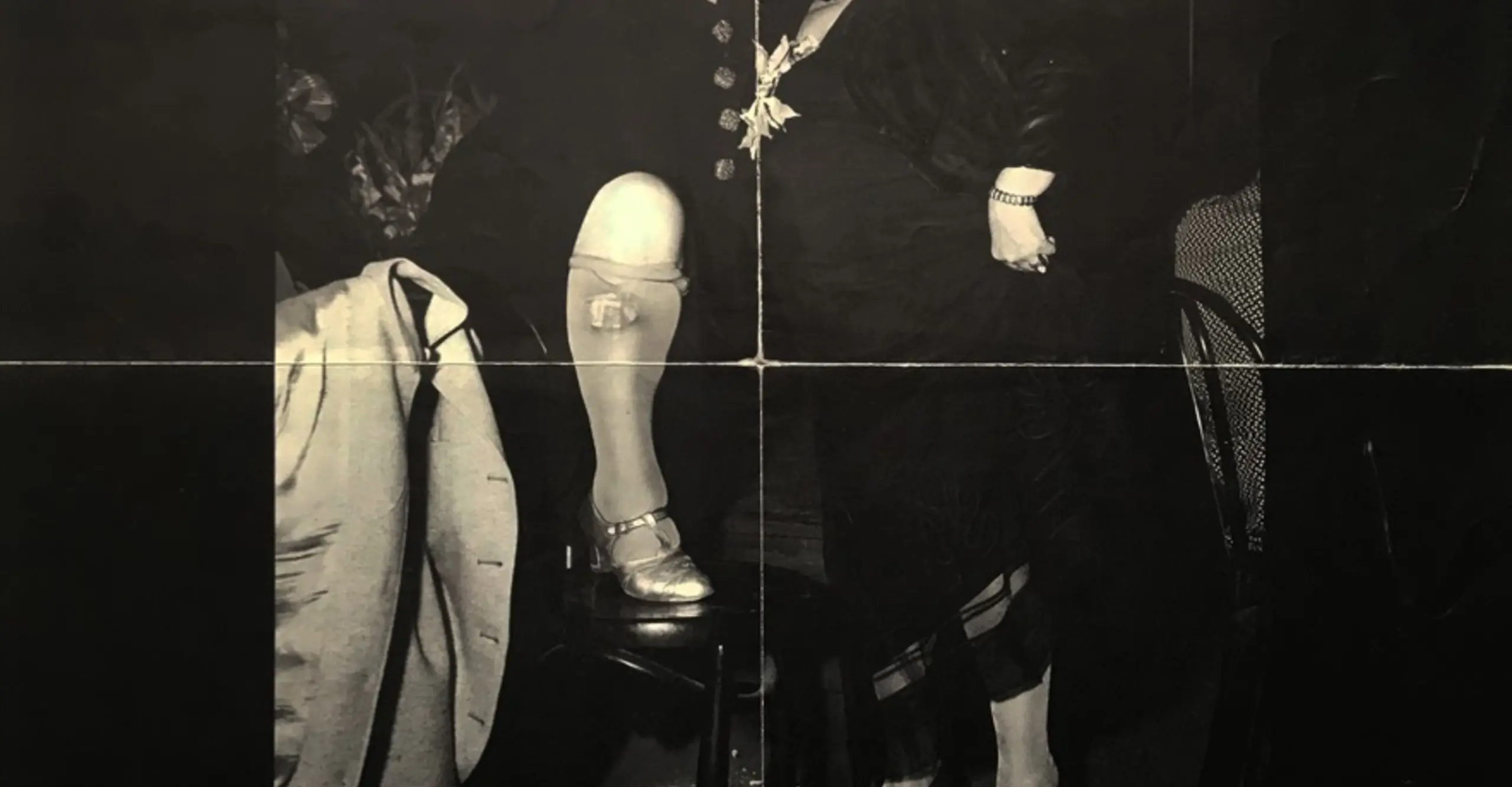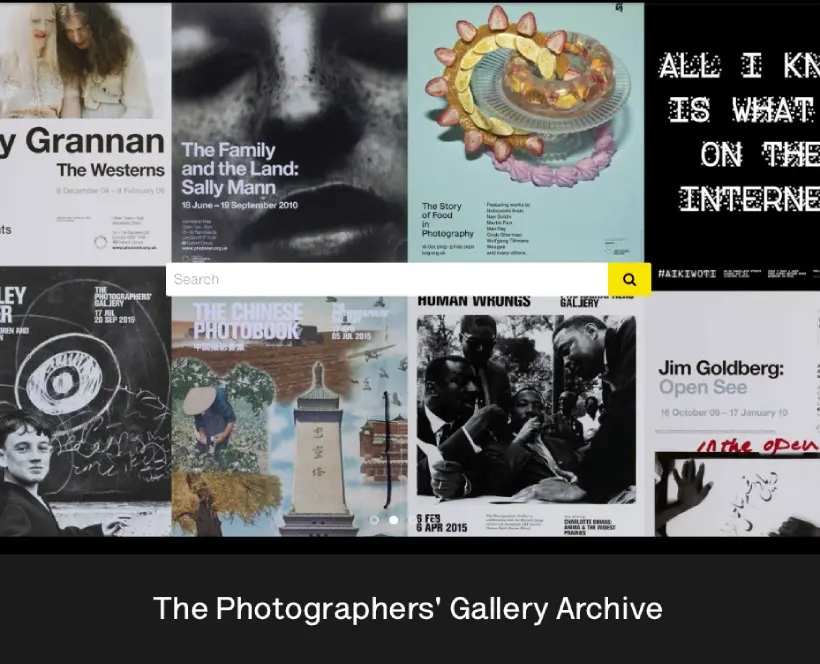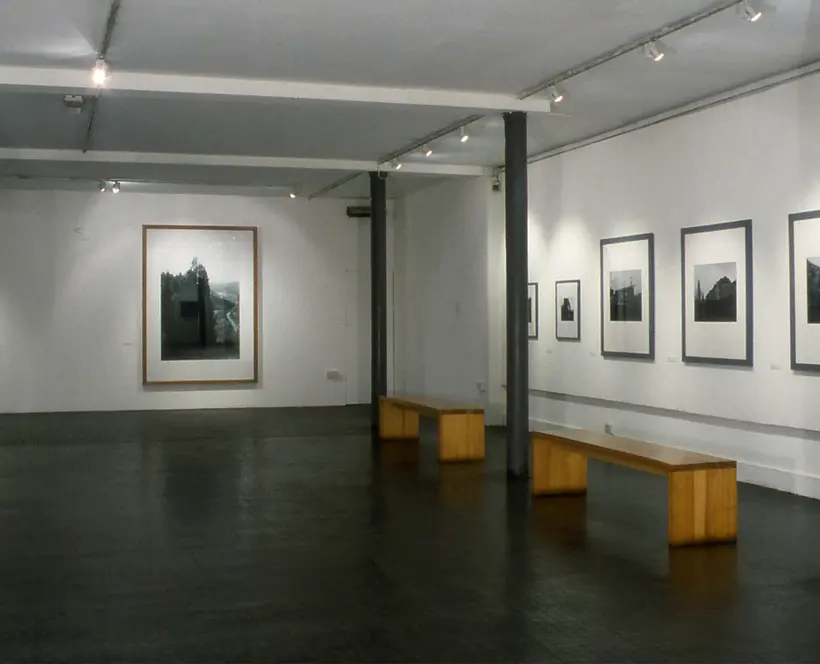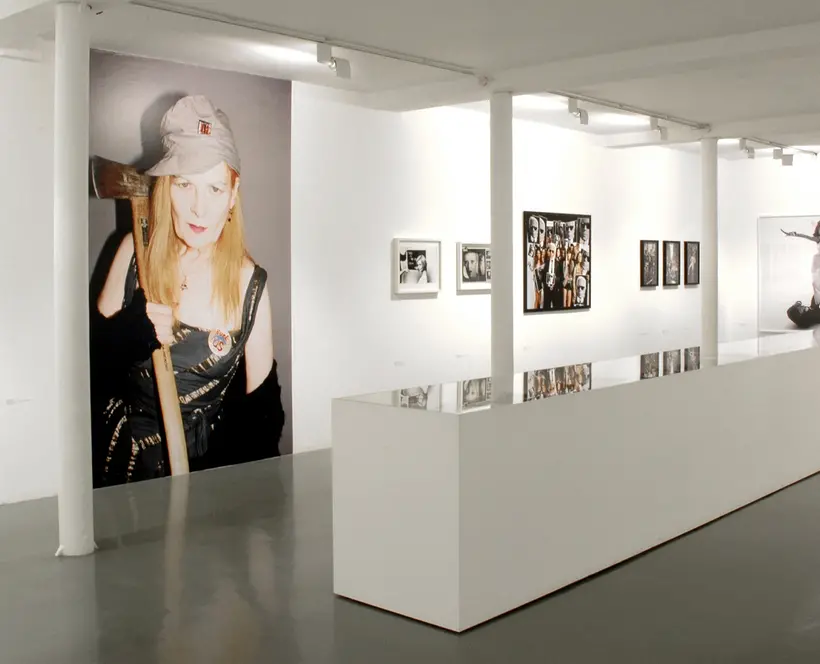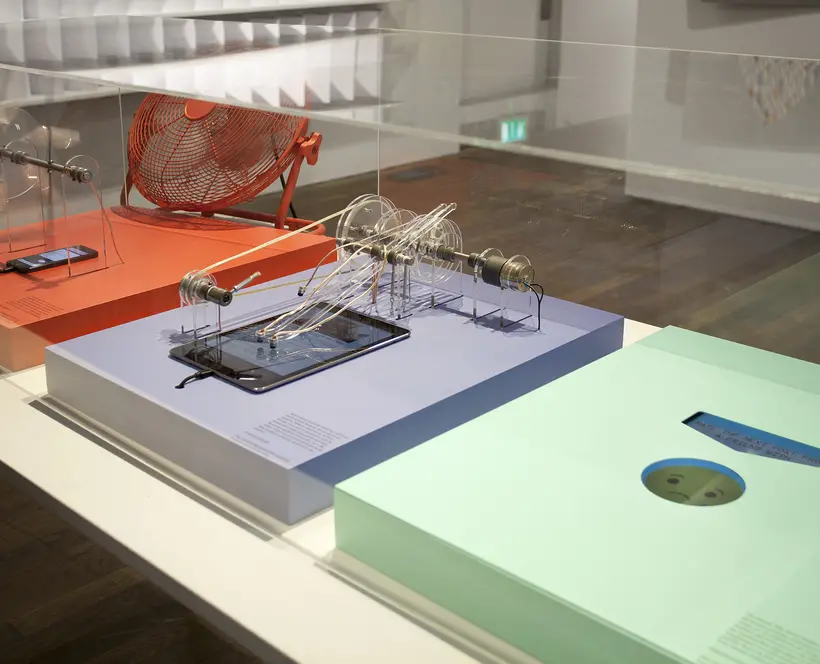10 Apr - 04 May 1980
Arthur Fellig achieved worldwide recognition when in 1944 the Museum of modern Art in New York, exhibited his pictures–the first freelance press photographer to be so honoured.
He became a national celebrity and with the publication of his first book “Naked City”, published in 1945 his influence was extended to other photographers, notably Diane Arbus. This book was later made into a film by Jules Dassin.
Weegee, so-called because of his uncanny ability to be on the scene of any tragedy, crime or unusual event in the small hours of the New York night, based himself next to the teletype machine inside Manhattan police headquarters. He was eventually privileged to install an actual police radio in his Chevrolet. Thus inside information enabled him to arrive on scene all the chief protagonists was still there. His actual photographic technique, direct flash on a plate camera, produced stylistically brutal images but unlike many of his contemporaries they have outlived their immediate news value.
The exhibition we are showing is the result of Murray Martin, of the Side Gallery, visiting Weegee’s widow, Wilma Wilcox in New York. As she holds many negatives and has a great many prints, he was able to select 80 or more images which really increase our knowledge of Weegee’s work.
There are for instance several cases where the famous picture i.e. ‘The Critic’ is shown in its original form with three figures on the left, which definitely changes the emphasis of the picture. Together with this is a picture Weegee took of The Critic’s funeral. Feeling he owed her a great deal as it had become one of his most famous images, Weegee went to her funeral. There are other examples of the uncropped picture and it is an excellent lesson in the craft of picture editing to see how familiar images existed before being subject tp the stringency of the nightly newsdesk.
Weegee had several books published in his lifetime and for the most part these have contained the cropped versions of his pictures. Unlike the Cartier-Bresson school, he was simply pleased to have his work used and paid for and apparently made no pleas for the whole negative to be used at all times. Once he had made his name however and began to think of himself as an artist he started to use multi-negatives and manipulated prints to express his ideas. These have never found much favour with his fans as their very contrived appearance contrasts so strongly with the absolute directness of his major work. In this exhibition Murray has only included one of these, the Marilyn Monroe portrait.
The whole collection is am extremely interesting and lively one and makes an excellent exhibition which we are very pleased and privileged to show.
Touring exhibition, opening in New York at The International Centre for Photography in January, 1978.
After the London show it will go to Cardiff and then to Side Gallery Newcastle in June. As Wilmer Wilcox will be visiting London in April, we hope to be able to arrange an evening for her to give a talk about Weegee and his work.
For further information on this and past exhibitions, visit our Archive and Study Room.
